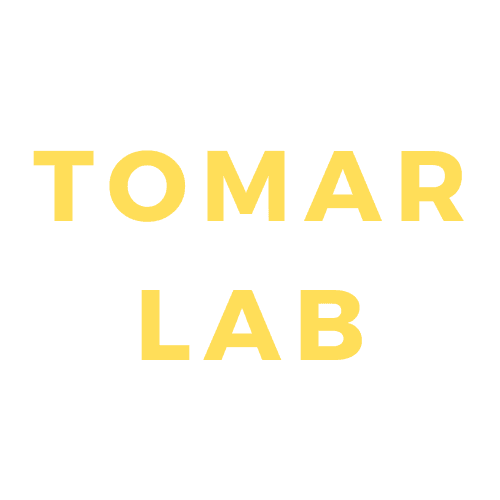Abstract
Background: One of the most common esthetic concerns associated with periodontal tissues is gingival recession. There are multiple periodontal plastic surgery approaches documented in the literature for the treatment of such defects. With the tremendous advances being made in periodontal science and technology, tissue engineering could be considered among the latest exciting techniques for recession management.
Methods: In this split-mouth, controlled, double-masked clinical case series, 20 sites from 10 patients with Miller Class I or II recessions affecting canines or premolars in the maxillary arch were selected. One tooth in each patient was randomized to receive either a subepithelial connective tissue graft (SCTG) (control group) or an acellular dermal matrix allograft (ADMA) seeded with autologous gingival fibroblasts (test group) under a coronally positioned flap. Clinical parameters, including recession depth, probing depth, clinical attachment level, width of keratinized tissue, attached gingiva, and plaque scores, were recorded by a calibrated examiner at baseline and 3 and 6 months. The inflammation of grafted sites was scored, and the healing time was calculated. The final esthetic outcome of treated sites was assessed by the root coverage esthetic score at the end of 6 months.
Results: There were no significant differences between test and control sites for all measured clinical parameters. However, the test sites demonstrated less inflammation in the early postoperative period.
Conclusion: Within the limits of this case series, the results indicate that an ADMA seeded with autologous gingival fibroblasts by tissue-engineering technology may be explored as a substitute to an SCTG for the treatment of Miller Class I and II recession defects.

